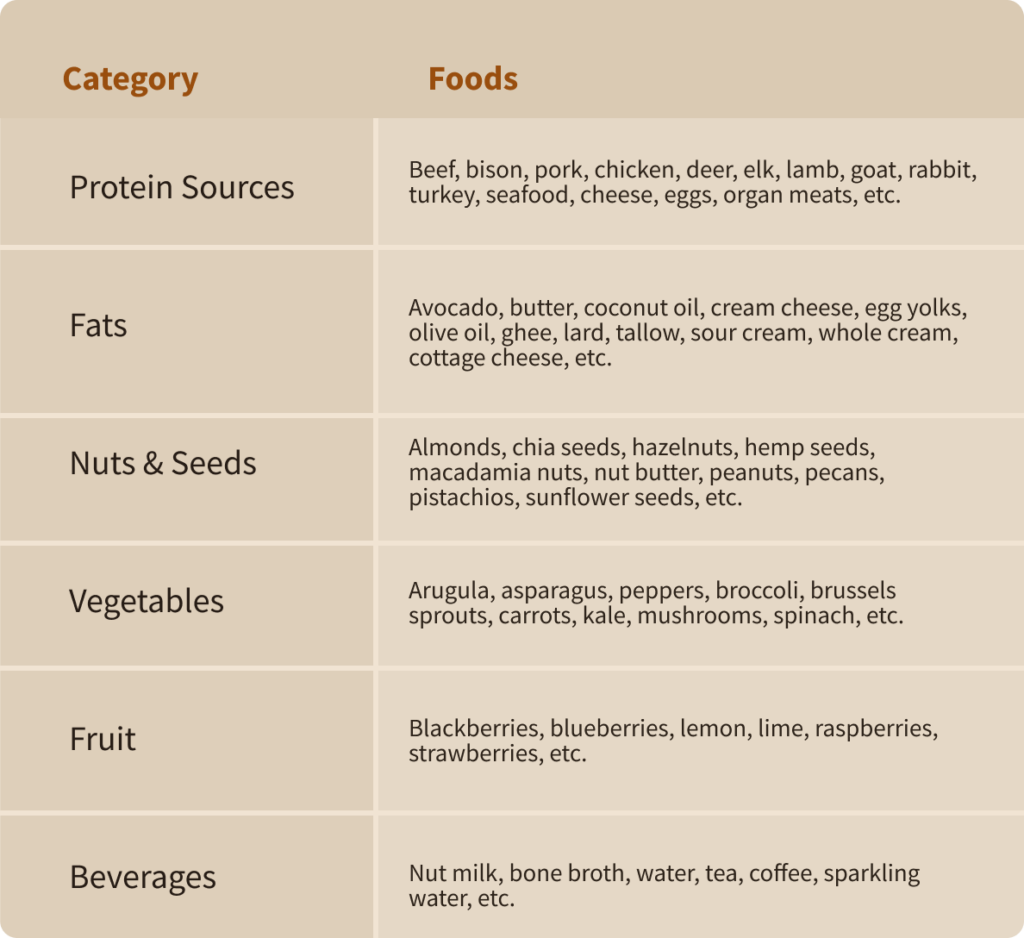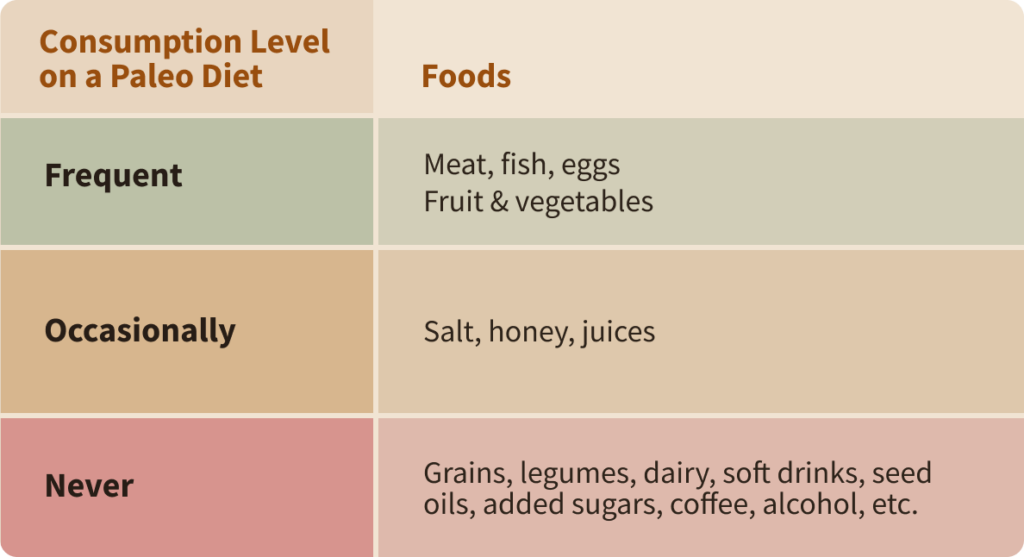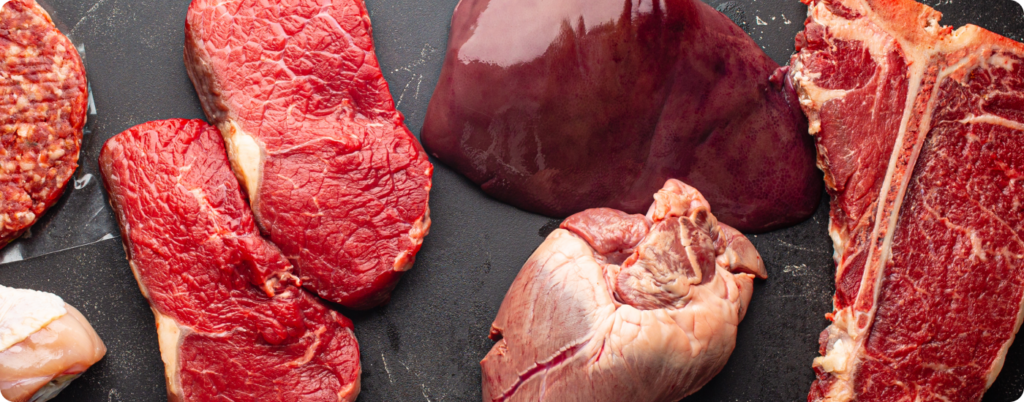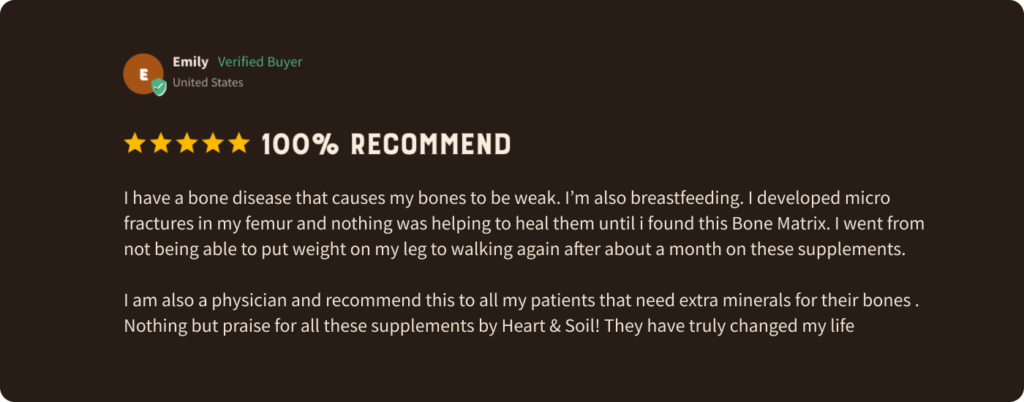PLEASE NOTE: The information in this blog is for educational purposes only. It is not a substitute for professional medical advice. Consult your healthcare provider if you’re seeking medical advice, diagnosis, or treatment.
Are you thinking about trying a low-carb diet? You’re not alone. These diets are surging in popularity as people look for alternatives to diets filled with ultra-processed foods, given the rise in obesity and chronic diseases.
In this article, you’ll find out:
- Why low-carb diets are so popular
- A low carb foods list for the ketogenic, paleo, carnivore, and lion diets
- Potential dangers and pitfalls of low-carb diets
Let’s take a look!
What is a Low Carb Diet?
Carbohydrates are macronutrients (along with fat and protein) that are broken down into glucose and used as a critical source of energy for your body (1). While carbs are crucial, they’re not all created equally.
The modern American diet is dramatically different from what humans have experienced for most of human history. Today, we’re inundated with ultra-processed grains, refined sugars, seed oils, and other new additions to the diet (2). Over 50% of calories now come from carbohydrates, many of which are ultra-processed.

Consumption of these foods is emerging as a key contributor to major challenges like diabetes, obesity, cardiovascular disease, and even certain types of cancer (3, 4, 5).
Due to these changes, low-carb diets like atkins, paleo, and ketogenic are surging in popularity. A low carb diet typically has less than 20% of calories from carbohydrates (6).
Low-carb diet strategies may offer a variety of possible benefits:
- Adults with diabetes or prediabetes may benefit from a reduction in carbohydrates, as it may improve glycemic control (7, 8).
- The ketogenic diet may improve cancer outcomes, chronic pain, acne, PCOS, and non-alcoholic fatty liver disease (9, 10).
- Carbohydrate restriction may contribute to improved physique, better mood, improved digestion, and weight loss (11).
- Low-carb diets may improve cardiovascular disease risk factors and blood pressure (12, 13).
One of the most popular low-carb diets is the ketogenic diet.
An Overview of the Ketogenic Diet
A low carb foods list is incomplete without mentioning the ketogenic diet. Initially used as a method to treat epilepsy, the ketogenic diet is now promoted as a solution for weight loss, migraines, brain enhancement, type 2 diabetes, and other challenges (14, 15).

The ketogenic diet is a high-fat, low-carb diet with around 20-50 grams of carbs per day (16). This restriction of carbs leads to notable changes within the body as it begins to run on fat instead of carbohydrates (17).
The liver creates ketone bodies to be used as fuel and as an adaptation to carb restriction (18). While your body usually utilizes carbohydrates and glucose, these ketones are then used by the brain and other parts of the body as their main source of energy (19, 20). The body also utilizes glycogen stores when carbs are limited. As we’ll see, this may lead to a number of consequences.
The potential short-term benefits of a ketogenic diet are well studied, but the long-term effects are largely unknown (21).
Keto Diet Food List: What to Eat & Avoid
The ketogenic diet focuses on high-protein and fat foods, with less emphasis on low-carbohydrate foods. Here’s a list of commonly consumed foods on the keto diet:

The ketogenic diet removes (or limits) ultra-processed foods and other high-carb food sources, such as rice, pasta, bread, starchy vegetables, and fruits high in sugar.
The Paleo Diet
Although carb intake on a paleo diet can be higher, it’s another extremely popular diet that focuses on foods that existed prior to the agricultural revolution (22). The logic behind this diet is that hunter-gatherer tribes were largely free from the diseases that now plague modern society (23).
A paleo diet prioritizes lean meat, eggs, fish, fruit, vegetables, and nuts (24). Ultra-processed foods, dairy, grains, salt, coffee, alcohol, and added sugar are all avoided.

The macronutrient breakdown of a paleo diet can differ, but it’s generally around 35% of energy from fat, 35% from carbs, and 30% from protein (25).
What is the Carnivore Diet?
The carnivore diet has become widely popular thanks to its outspoken community of participants and medical personalities like Ken Berry, MD, and Dr. Shawn Baker, MD.

A carnivore diet only includes animal foods like meat, seafood, organs, eggs, and dairy. Given the removal of so many foods, the carnivore diet is considered a low-carb diet and sometimes only includes zero carb foods.
It is a popular short-term strategy aimed at improving gut health, autoimmune conditions, weight loss, and various other health challenges (26).
What Can You Eat on a Carnivore Diet?
Due to the removal of non-animal products, the carnivore diet can be extremely simple to follow. These are the primary foods you’ll find on a carnivore diet food list:
- Meat & Seafood: the cornerstones of the carnivore diet, meat and fatty fish are jam packed with bioavailable nutrients.
- Organ Meats (Offal): an often overlooked aspect of the carnivore diet is organ meats. Liver, heart, kidney, and other organs are packed with beneficial nutrients like vitamin A, iron, selenium, and zinc (27).
- Dairy: while not always included, milk, yogurt, butter, kefir, and other dairy products are popular on a carnivore diet given their taste and nutrient density.
- Eggs: one of the more popular protein sources on a carnivore diet, eggs provide vitamin D, B vitamins, choline, and iodine (28).
The carnivore diet excludes fruit, vegetables, grains, nuts and seeds, alcohol, soda, and other high carb food sources. If you’d like further guidance, download the printable carnivore diet food list and 5-day meal plan.
The Lion Diet: The Simplest Low Carb Foods List
Another diet that’s gaining momentum is the lion diet, which closely resembles the carnivore diet. The lion diet is another intense elimination diet aimed at healing the gut, promoting brain health and function, and improving lingering health issues (29).
Many people struggling with autoimmune diseases, mental health, or food sensitivities choose the lion diet as a short-term reset. The lion diet includes these three components:
- Ruminant meat & organs (cattle, sheep, goats, buffalo, etc.)
- Salt
- Water

Similar to the carnivore diet, the lion diet excludes fruit, vegetables, grains, and ultra-processed foods. However, it takes it a few steps further by excluding dairy, seafood, and other animal products. Total carbs are zero, while the rest of your diet is composed of fat and protein.
7 Potential Dangers of Low-Carb Diets
Although low-carb diets can be a powerful tool for short-term health improvements, there are numerous potential concerns to consider.
1. Adjustment Difficulties

The transition to a low-carb diet can be unpleasant at first. Sometimes referred to as the “keto flu,” dieters may experience diarrhea, constipation, dehydration, headache, nausea, and other flu-like symptoms (30, 31).
At this time, the long-term impact of ketosis and low-carb diets is not fully understood. But, kidney damage, osteoporosis, heart arrhythmias, and other serious challenges have been reported (32).
If you decide to transition to a low-carb diet, it can be helpful to switch gradually and work with a medical professional.
2. Nutrient Deficiencies
Thanks to the removal of foods, low-carb diets may not provide adequate nutrients.
If a low-carb diet doesn’t include dairy or organ meats, you may not be getting enough calcium, vitamin A, vitamin C, or vitamin E (33, 34). The carnivore diet may not provide enough vitamin B1, calcium, iodine, folate, and other key nutrients.
Ensuring as much variety as possible in your diet may help avoid this pitfall.
3. Reduced Exercise Performance

An intake of less than 50g of carbs can lead to glycogen depletion, and your glycogen stores may only last 24-48 hours during carb restriction (35, 36). So, low-carb diets may reduce your athletic performance and ability to exercise effectively (37, 38).
4. Reduced Bone Health
Due to the lack of dairy products, it’s common for low carb eating to not provide enough calcium (39, 40). One study even found that paleo dieters consumed about 50% of the recommended dietary intake of calcium (41).
This may reduce bone density and potentially increase the risk of developing osteoporosis (42, 43).
If you’re on a low-carb diet and need a source of calcium, consider incorporating Bone Matrix into your routine. Made with grass-fed and finished long bones, Bone Matrix is a popular choice for those who struggle with dairy or simply don’t get enough calcium.

5. Toxin Exposure
Another potential danger from low-carb diets (specifically paleo) is exposure to toxins, in particular heavy metals from seafood (44).
Metals like mercury are easily transferred to the human body, and high concentrations may contribute to neurological damage, cardiovascular disease, and nervous system damage (45, 46, 47).
Large, predatory fish like sharks, swordfish, and tuna are notorious for heavy metal accumulation as they can accumulate metals from their prey (48).
6. Sustainability
It can be challenging to commit to a restricted diet for a long time, and the proposed benefits may also wither away.
A meta-analysis from 2020 noted that the impact of low-carbohydrate diets on cardiovascular risk factors diminishes after about 2 years (49). Potential weight loss and metabolic benefits also seem to wear off at the 6-month mark (50, 51).
7. Social Challenges
One of the main reasons low-carb diets may be unsustainable is due to social pressures. Eating a restrictive diet can make it difficult to go out to eat or travel. Plus, if your significant other isn’t following the same regimen, it can be challenging to stay committed.
The Bottom Line: Low Carb Diets are a Stepping Stone
Given the prominence of ultra-processed food and health issues like obesity and diabetes, low-carb diets are a logical landing point for people looking to improve their health. These diets can drastically cut down on problematic foods and replace them with more nutritious options.
Even with numerous potential benefits, low-carb diets often have pitfalls that cause people to continue looking for better options. One of the most popular next steps is an animal-based diet.

The animal-based diet consists of high-quality animal foods such as meat, organs, eggs, and raw dairy, alongside fruit, honey, and other low-toxicity plant foods. Given that it doesn’t restrict carbohydrate intake, the animal-based diet is often a more sustainable option that’s helped countless people improve their health.
Subscribe to future articles like this: